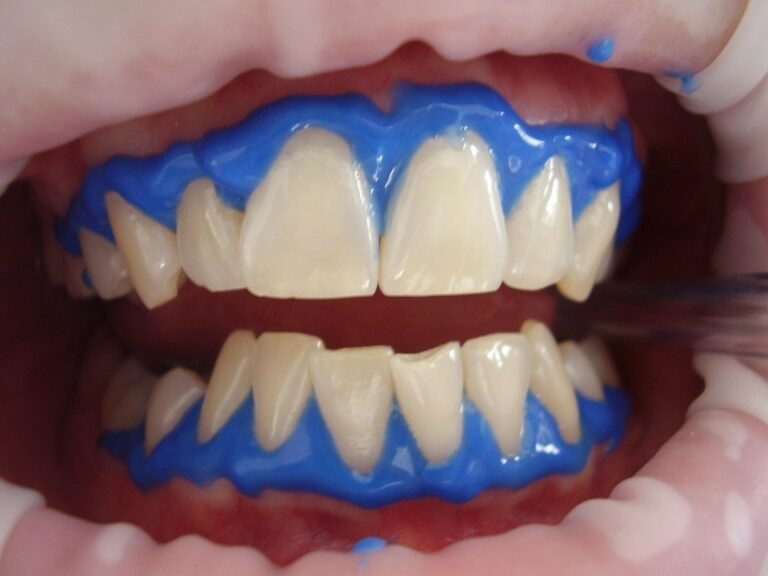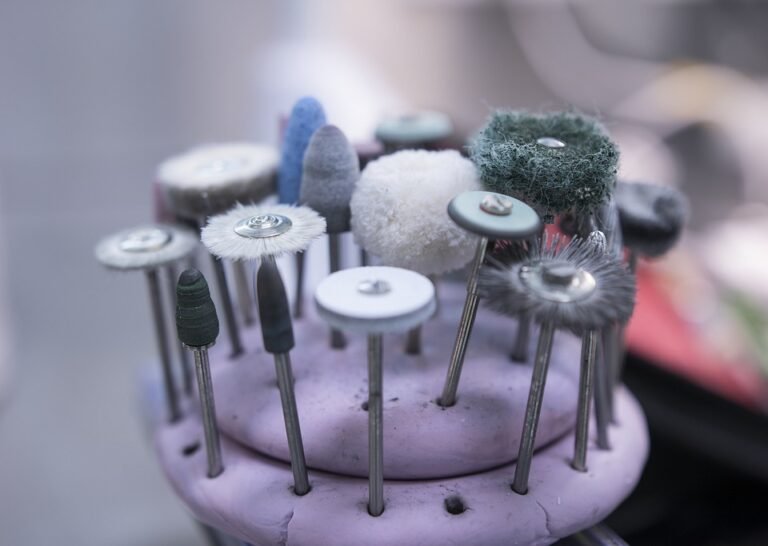What are best practices for phone etiquette in a dental office
Okay, so I just started managing the front desk at a dental practice. It’s a pretty busy place and I’m feeling a little overwhelmed by the phones. I want to make sure I’m doing everything right, especially because I know that a lot of first impressions are made over the phone.
Specifically, I’m wondering about things like:
- The initial greeting: What’s the best way to answer the phone? Should I include the doctor’s name every time?
- Holding: How long is too long to put someone on hold? What should I say when I put them on hold and when I get back to them?
- Scheduling appointments: What information do I need to gather, and how can I make the scheduling process as efficient as possible? What about new patient appointments versus existing patients?
- Dealing with angry or upset patients: What’s the best way to de-escalate a situation over the phone? What if they’re demanding to speak directly to the dentist?
- Taking messages: What’s the most important information to include when taking a message for the dentist or hygienist? How should I ensure the message gets to the correct person quickly?
- General tone and language: How can I project a friendly and professional image over the phone? What phrases should I avoid?
Basically, I’m trying to create a positive experience for every patient who calls, even if it’s just to ask a simple question. Any tips, tricks, or guidelines you can share would be greatly appreciated!
Answer
Best practices for phone etiquette in a dental office are crucial for creating a positive first impression, ensuring efficient communication, and fostering patient trust and satisfaction. These practices cover various aspects from answering the phone to handling difficult calls.
Answering the Phone:
-
Promptness: Answer the phone within three rings whenever possible. A prompt response shows respect for the caller’s time and indicates efficiency. If all lines are busy, utilize an answering system that allows callers to hold or leave a message, assuring them their call will be returned promptly.
-
Greeting: Use a consistent, professional greeting. This typically includes the office name, your name, and a welcoming phrase. Examples include: "Good morning/afternoon, [Office Name], this is [Your Name], how may I help you?" or "Thank you for calling [Office Name], this is [Your Name], how can I assist you today?"
- Tone of Voice: Maintain a warm, friendly, and professional tone. Smile while speaking, as this projects a positive attitude. Speak clearly and at a moderate pace. Enunciate properly and avoid using slang or colloquialisms.
During the Call:
-
Active Listening: Pay close attention to the caller’s needs and concerns. Avoid interrupting, and allow them to fully explain their reason for calling. Take notes on important details, such as the patient’s name, date of birth, insurance information, and the reason for their call.
-
Professional Language: Use professional and appropriate language at all times. Avoid jargon or technical terms that the caller may not understand. If necessary, explain medical terms in simple language.
-
Proper Grammar: Use correct grammar and sentence structure. Avoid using "um," "uh," or other filler words. Be mindful of your pronunciation and enunciation.
-
Efficiency: Handle calls efficiently and address the caller’s needs promptly. If you need to put the caller on hold, explain why and estimate the hold time. Thank them for holding when you return to the call.
-
Information Accuracy: Ensure the accuracy of all information provided to the caller. Double-check dates, times, addresses, and other details before relaying them. If you are unsure of an answer, inform the caller that you will find out and call them back as soon as possible.
-
Call Transfers: If transferring a call, inform the caller of the transfer, the reason for the transfer, and to whom they are being transferred. Provide the extension number if available, in case the call gets disconnected. Briefly explain the situation to the person to whom you are transferring the call.
- Answering Machines/Voicemail: If the office is closed or all lines are busy, ensure the answering machine or voicemail message is professional and informative. Include the office name, hours of operation, and instructions for leaving a message. State when the message will be returned. Check voicemail messages frequently and return calls promptly, ideally within one business day.
Appointment Scheduling:
-
Offer Available Options: When scheduling appointments, offer the caller several available options for dates and times. Confirm the chosen appointment date and time with the caller, repeating it back to them for accuracy.
-
Gather Necessary Information: Obtain all necessary information from the caller, such as their full name, date of birth, insurance information, and the reason for their visit. Inquire about any specific needs or concerns they may have.
-
Explain Office Policies: Briefly explain any relevant office policies, such as cancellation policies, payment policies, and insurance verification procedures.
- Appointment Reminders: Inform the caller about the office’s appointment reminder system, such as phone calls, text messages, or emails. Confirm the caller’s preferred method of receiving reminders and verify their contact information.
Handling Difficult Calls:
-
Remain Calm and Professional: Even when dealing with angry or upset callers, it is crucial to remain calm and professional. Avoid taking the caller’s anger personally.
-
Active Listening and Empathy: Listen attentively to the caller’s concerns and show empathy for their situation. Acknowledge their feelings and let them know you understand their frustration. Use phrases like, "I understand your frustration" or "I’m sorry you’re experiencing this issue."
-
Problem-Solving Focus: Focus on finding a solution to the caller’s problem. Offer assistance and explore different options to address their concerns.
-
Avoid Arguing: Never argue with a caller, even if they are being unreasonable. Arguing will only escalate the situation and damage the office’s reputation.
-
Escalate When Necessary: If you are unable to resolve the caller’s issue, escalate the call to a supervisor or manager. Explain the situation to the supervisor and provide them with any relevant information.
- Document the Call: Document the details of the call, including the caller’s name, the reason for their call, and any actions taken to resolve the issue.
Ending the Call:
-
Summary and Confirmation: Summarize the conversation and confirm that all the caller’s questions and concerns have been addressed. Repeat the appointment date and time, or any other important information.
-
Polite Closing: End the call with a polite closing, such as "Thank you for calling [Office Name], have a great day." or "We look forward to seeing you on [Date]."
- Let the Caller Hang Up First: Allow the caller to hang up first to ensure they have no further questions or concerns.
Additional Considerations:
-
Hold Music/Messages: Ensure the hold music is pleasant and not distracting. Consider using brief, informative messages about office services or promotions while callers are on hold.
-
Background Noise: Minimize background noise in the call center area. This includes distractions from conversations, equipment, and other sounds.
-
Training: Provide thorough training to all staff members on proper phone etiquette. This training should cover all aspects of handling phone calls, from answering the phone to resolving difficult situations. Regular refresher courses and updates on best practices are also beneficial.
-
Consistent Protocol: Implement and enforce a consistent phone etiquette protocol for all staff members. This ensures that all callers receive the same level of professional and courteous service.
-
Call Monitoring: Implement a system for monitoring phone calls to ensure that staff members are adhering to the established phone etiquette protocol. This can be done through call recording or live monitoring. Feedback should be provided to staff members based on call monitoring results.
-
Confidentiality: Adhere to all HIPAA regulations and protect patient confidentiality during phone conversations. Avoid discussing sensitive information in public areas or with unauthorized individuals. Verify the caller’s identity before disclosing any protected health information.
- Adaptability: Be flexible and adapt your approach to meet the individual needs of each caller. Some callers may require more time and attention than others. Be patient and understanding.
By consistently following these best practices, dental offices can create a positive and professional image, build strong relationships with patients, and ensure efficient communication.



